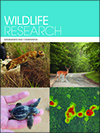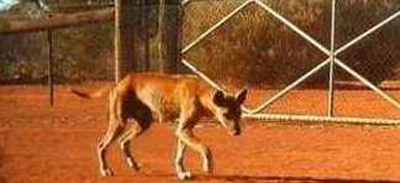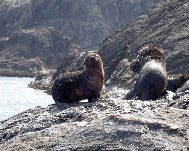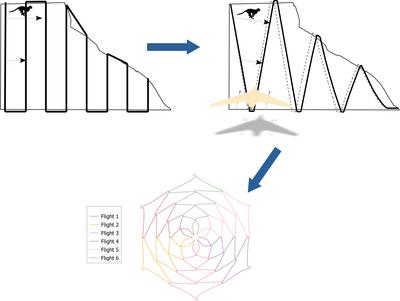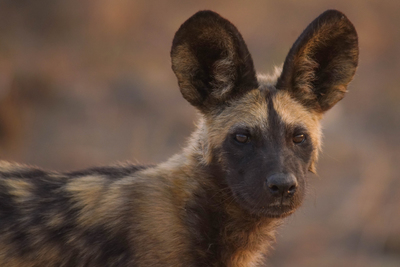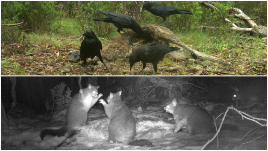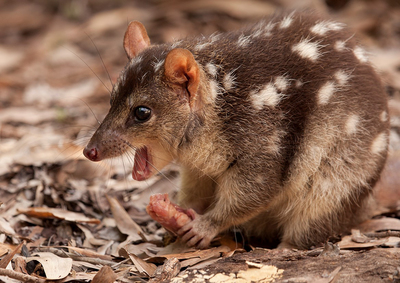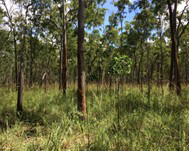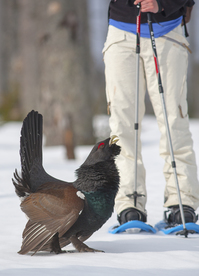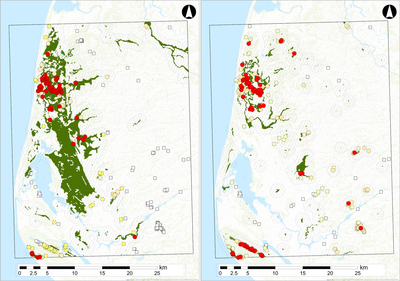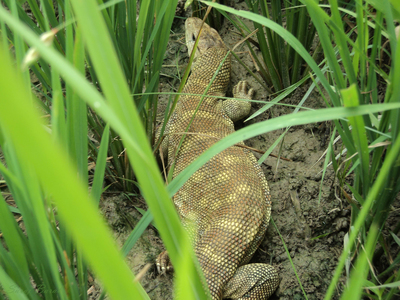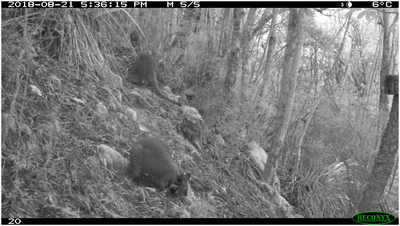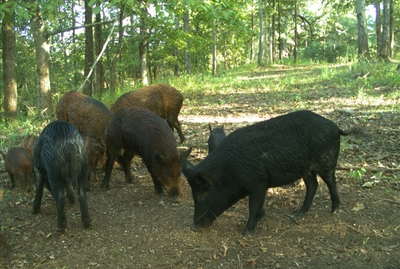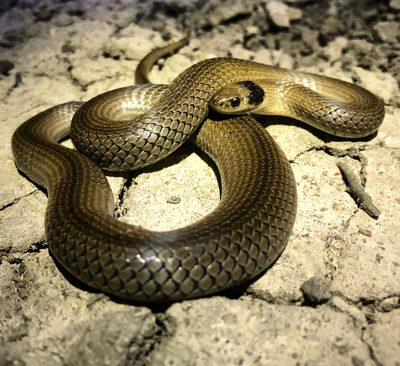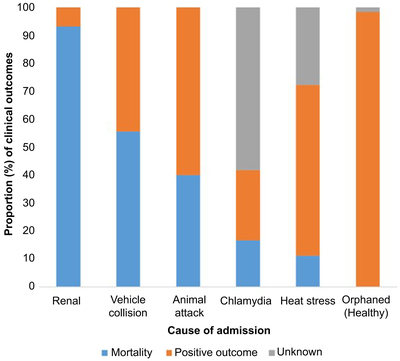WR22007Combining acoustic localisation and high-resolution land cover classification to study predator vocalisation behaviour
 , Bethany R. Smith
, Bethany R. Smith  , Hannah Butkiewicz, Amy C. Fontaine, Angela Dassow
, Hannah Butkiewicz, Amy C. Fontaine, Angela Dassow  , Jessica L. Owens, Holly Root-Gutteridge
, Jessica L. Owens, Holly Root-Gutteridge  , Loretta Schindler and Arik Kershenbaum
, Loretta Schindler and Arik Kershenbaum 
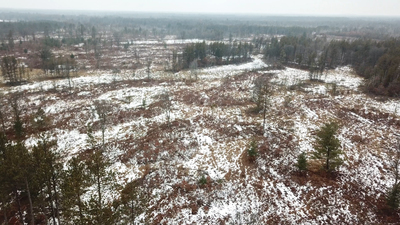
Autonomous sensing tools are increasingly useful in ecological research. This study demonstrates how acoustic localisation – combined with high-resolution land cover classification – permits the study of the ecology of animals in the wild, with some preliminary findings on the vocalisation behaviour of wolves and coyotes in Wisconsin, USA. We make recommendations for up-scaling this novel method to aid large-scale wildlife monitoring. Photograph by Arik Kershenbaum.


